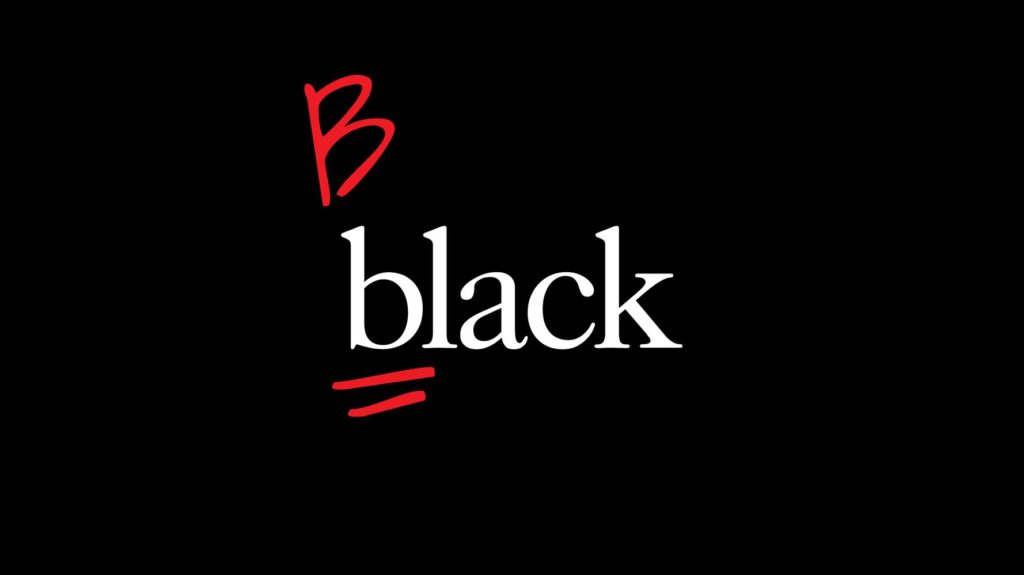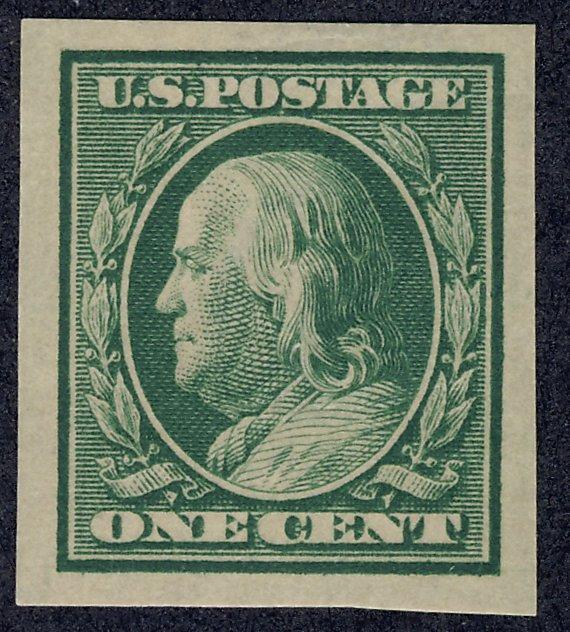Things You’ve Probably Wondered About More Than Once

Uncle Sam | John Bull
Uncle Sam (which has the same initials as United States) is a common personification of the federal government of the United States or the country in general. According to legend, the character came into use during the War of 1812 and may have been named for Samuel Wilson, a meat packer from Troy, NY who supplied the military during that war. (The actual origin is uncertain.)
John Bull is a national personification of England especially in political cartoons and similar graphic works. He originated in the early 1700s as a satirical character created by John Arbuthnot (a friend of Jonathan Swift and Alexander Pope) and is usually depicted as a stout, middle-aged, country-dwelling, jolly and matter-of-fact man. He came to stand for “English liberty” in opposition revolutionaries. He was popular through the 18th and 19th centuries until about the 1950s, when he generally stopped being seen as representative of the ‘common man’.
The symbolic Uncle Sam’s appearance evolved from that of Brother Jonathan, the most common earlier symbol for the United States. The two characters were used interchangeably from the 1830s through the 1860s.
Both John Bull and Uncle Sam were popularized by Punch Magazine (a British weekly satire magazine which helped to coin the term “cartoon” in its modern sense as a humorous illustration.) The famous American cartoonist Thomas Nast crystallized the image with his cartoons beginning in the 1870s. By 1917, when James Montgomery Flagg depicted him on the famous World War I recruiting poster, Uncle Sam was an icon, readily recognized around the globe. He was officially adopted as the national symbol of the United States in 1950.
_____

Interstate Highway System
The Interstate Highway System is a network of controlled-access highways (which means those designed for high-speed vehicular traffic, with all ingress and egress regulated)
that form part of the National Highway System in the United States. There are 70 primary Interstate Highways. Though much of their construction was funded by the federal government, Interstate Highways are owned by the state in which they were built.
Typically, odd-numbered Interstates run north-south (with lower numbers in the west and higher numbers in the east) Even-numbered Interstates run east-west (with lower numbers in the south and higher numbers in the north). Highways whose route numbers are divisible by 5 usually represent major coast-to-coast or border-to-border routes (ex. I-10 travels from Santa Monica, California, to Jacksonville, Florida).
Three-digit interstates are shorter routes that serve individual metropolitan areas; they connect to longer two-digit routes, and act as beltways, spurs, or connectors. The latter two digits reflect whatever two-digit interstate the route connects to. (For example, I-395 connects to I-95, and I-270 connects to I-70.) The first digit reflects the purpose of the road. (Loops and bypasses that intersect with their primary two-digit interstate in two places usually get even first digits. Spurs and connectors that only intersect once usually get odd first digits.)
Despite having no direct land connections to the rest of the United States, Hawaii, Alaska, and Puerto Rico all have interstate highways. These are given lettered prefixes, H for Hawaii, A for Alaska, and PR for Puerto Rico and have a simpler numbering system, with highways simply numbered sequentially beginning with 1. Hawaii’s first interstate is H1, Alaska’s A1, and Puerto Rico’s PR1.
_____

La Niña | El Niño
La Niña is the opposite of El Niño, which are both sides of the coin that make up ENSO (the Niño Southern Oscillation—the cycle of warm and cold sea surface temperatures of the tropical central and eastern Pacific Ocean). El Niño represents ENSO’s positive (‘warm’) phase; La Niña is the opposite. During a La Niña period, the sea surface temperature is lower than normal by 5.4–9 °Fahrenheit.
The effects of the different phases are wide-reaching and significant, impacting the weather across the globe. It is believed that El Niño has occurred for thousands of years, and recent scholarship has found that climate change is increasing the frequency of extreme events.
Each country has a different threshold for what constitutes an El Niño event, understandably tailored to their specific interests. Within the United States, the impacts are generally observed during the six-month period between October and March and include wetter-than-average conditions along the Gulf Coast between Texas and Florida, and drier conditions in Hawaii, the Ohio Valley, Pacific Northwest and the Rocky Mountains.
Normally, La Niña occurs every few years and lasts for about 5 months. However, unusually, it appears that we are headed for our third consecutive year of the phenomenon which has been known to result in more and stronger tornadoes and hurricanes. It could also worsen drought conditions (elevating the danger of fires) in the Southwest and raise the odds of a relatively cold and stormy winter across the northern part of the United States and a mild, dry winter (much like this past year) across the South.

What the #@*% Is a ‘grawlix’?
Can you #!@*&% believe it? The grawlix is the character or series of characters that often appear in place of profanity—the graphical version of bleeping out a word, if you will. Typically it is made from the unpronounceable characters that can be found on top of the number row on your computer keyboard: the at sign (@), the pound sign or octothorpe (#), the dollar sign ($), the percent sign (%), the ampersand (&), and the asterisk (*). [And, yes, that versatile symbol (#) with many names (e.g., hash mark, number sign, pound sign) is actually called an octothorpe.]
_____

Why We Capitalize ‘Black’ But Not ‘White’ (with pic 11. Keep links)
The Associated Press Stylebook (a/k/a The AP Stylebook) is “the gold standard for newswriting” or “the bible for journalists.” It has been the news industry’s best-selling reference for over 30 years and is updated annually. The AP itself is the most trusted independent global news network, and publications across the world use the AP Stylebook as a guide for their own style. In June 2020, AP decided to capitalize “Black” in a racial, ethnic, or cultural sense. Lowercase “black” is now used to refer to the color. A month later, the AP announced it would continue to use lowercase “white,” even in a racial, ethnic, or cultural sense. Its reasoning for each is in the links above.
These revisions came about after more than two years of research and discussions with people from around the world. The AP found that there was a clear desire and reason to capitalize “Black,” most notably because “people who are Black have strong historical and cultural commonalities, even if they are from different parts of the world and even if they now live in different parts of the world. That includes the shared experience of discrimination due solely to the color of one’s skin.” This is not equally true, however, of white people. “White people generally do not share the same history and culture, or the experience of being discriminated against because of skin color.”
Capitalizing “Black,” the AP reasons, conveys “an essential and shared sense of history, identity and community among people who identify as Black, including those in the African diaspora and within Africa.” This practice also aligns with the long-standing practice of capitalizing other racial, ethnic, or cultural groups, such as Latino, Asian, Indigenous, Native American, and others.
There is an additional complication to capitalizing the term “white” as a racial identifier, and that is that white supremacists routinely capitalize “white” in that sense in their writings. So, “capitalizing the term ‘white,’ as is done by white supremacists, risks subtly conveying legitimacy to such beliefs.”
_____
The Arctic Circle
The Arctic Circle is one of the two polar circles and the most northerly of the five major circles of latitude as shown on maps of Earth. It’s special because it marks the point where, on the Winter Solstice, the shortest day of the year, the sun will not rise all day, and on the Summer Solstice (the longest day of the year), the sun will not set. These are referred to as polar night and midnight sun respectively, and the further north one goes, the more pronounced these effects become. For example, in the Russian port city of Murmansk (just 3º above the arctic circle), the sun doesn’t rise for 40 days straight in the winter!
As seen from the Arctic, the Sun is above the horizon for 24 continuous hours at least once per year (and therefore visible at midnight) and below the horizon for 24 continuous hours at least once per year (and therefore not visible at noon). This is also true in the Antarctic region.
The position of the Arctic Circle is not fixed. Its latitude depends on the Earth’s axial tilt, which fluctuates within a margin of more than 2° over a 41,000-year period, owing to tidal forces resulting from the orbit of the Moon. Consequently, the Arctic Circle is currently drifting northwards at a speed of about 48 ft per year.
_____

Netherlands vs. Holland
The Netherlands consists of 12 provinces, but many people use “Holland” when talking about the Netherlands. The two provinces of Noord-Holland and Zuid-Holland together are Holland. The 12 provinces together are the Netherlands. The Netherlands is a kingdom that came into existence after Napoleon’s defeat in 1815. At the time it included Belgium. After the secession of Belgium in 1830, the map of the Netherlands was redrawn and the country we know nowadays consists of 12 provinces: Groningen, Friesland, Drenthe, Overijssel, Flevoland, Gelderland, Utrecht, North-Holland, South-Holland, Zealand, North Brabant, and Limburg.
_____

Mercury Retrograde
Three times a year, the planet Mercury appears to travel backward across the sky. We refer to these periods as times when Mercury is in apparent retrograde motion, or simply “Mercury retrograde.” To astrology enthusiasts, these times are traditionally associated with confusion, delay, and frustration. (Think: undelivered love letters, email blunders, frazzled travel plans.) This is an excellent time to reflect on the past, however, and it’s said that intuition is high during these periods and coincidences can be extraordinary.
The planets in our solar system orbit the Sun at different distances and speeds. While we orbit the Sun ourselves, we can observe the other planets moving across our sky, following their own paths. Sometimes, it can appear that a planet has switched directions and started to move in reverse across the sky. This is an illusion caused by the position of Earth in relation to that of the planet, since a planet in orbit always travels in one set direction and can’t suddenly reverse course.
But, true believers, the planet Mercury rules communication in all forms—listening, writing, reading, speaking, etc.—as well as activities closely related to communication, like negotiations and contracts. It also rules travel, automobiles, shipping, and mail. So, when Mercury is retrograde, try to remain flexible, patient, and understanding, allow extra time for travel, and avoid signing onto any new contracts that you’re unsure of. Double check your email responses and check in with reservations before you take a trip. Review projects and plans at these times but wait until Mercury is direct again to make any final decisions. You can’t stop your life, but plan ahead, have back-up plans, and be prepared for people’s shorter fuses and miscommunication.
For the balance of 2022, Mercury will be in apparent retrograde motion (in the U.S.) from September 9 – October 1 and December 28 – January 18 (2023). (Look back at your calendar because it already happened twice this year—from January 13th – February 3rd and from May 10th – June 2nd.)
_____

Red Flag Laws
Red flag laws allow law enforcement to seize firearms from those deemed a risk to themselves or others. They also often prevent a person from obtaining a concealed weapon license and require them to surrender their permit if they have one.
Orders issued under “red flag” laws, also called risk-based gun removal laws, are known by several names, including Extreme Risk Protection Orders (ERPOs) (in Oregon, Washington, Maryland, Vermont, and Colorado); Extreme Risk Firearm Protection Orders (ERFPO) (in New Mexico); Risk Protection Orders (in Florida); Gun Violence Restraining Orders (GVROs) (in California); risk warrants (in Connecticut); and Proceedings for the Seizure and Retention of a Firearm (in Indiana). As of 2021, 19 states (California, Colorado, Connecticut, Delaware, Florida, Hawaii, Illinois, Indiana, Maryland, Massachusetts, Nevada, New Jersey, New Mexico, New York, Oregon, Rhode Island, Vermont, Virginia and Washington) and the District of Columbia have enacted some form of red-flag law. The specifics of the laws, and the degree to which they are utilized, vary from state to state. Factors that can trigger an order include violent behavior or self-harm, substance abuse or a dangerous mental health crisis. Maine’s “yellow flag” law is unique in that it requires approval from both a judge and a medical care provider before firearms can be seized.
Most red flag laws only allow family members, household members or police to petition the court to seize someone’s firearms, but a few let school officials, medical professionals and even employers and co-workers make the request. More than half of all such laws were passed after the deadly 2018 attack on Parkland, Florida’s Marjory Stoneman Douglas High School, where a former student used a semi-automatic rifle to kill 17 people and injure 17 others. At least 16,857 ERPOs were filed between 1999 and 2021, 90% after the 2018 Parkland shooting. In May 2020, Oklahoma became the first state to pass legislation specifically prohibiting any jurisdiction from enacting red flag laws.
As we go to print, no federal red flag law has cleared both chambers on Congress.
_____

The spirit of the staircase (with pic 6)
‘The spirit of the staircase’ or, as it is often written, ‘the spirit of the stairway’, is phrase that originated in Denis Diderot’s Paradoxe sur le Comédien (written 1773-78). Diderot retells a situation in which Jacques Necker makes a remark that perplexes him: “This confounds me and reduces me to silence, because the sensitive man, like me, overwhelmed, loses his head and finds himself at the foot of the stairs.”
It is one of the few phrases that has come into English as a translation from the French. Most of the French phrases that have been adopted into English are used in their original French form, like ‘esprit de corps’. It isn’t a commonly used phrase in the English-speaking world, but perhaps it should be because it encapsulates a feeling that we must all have had — a rejoinder that occurs to you after you’ve left the gathering.
_____

Perforations
Before 1857, U.S. stamps were printed without perforations, requiring postal clerks to use scissors to separate stamps from one another – a very slow and tedious process. When England’s Henry Archer invented a perforation machine that punched holes between stamps on a sheet, stamps could be quickly and easily separated.




